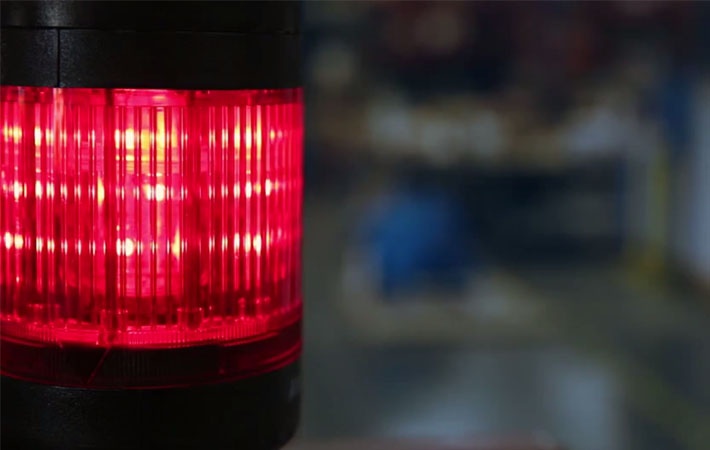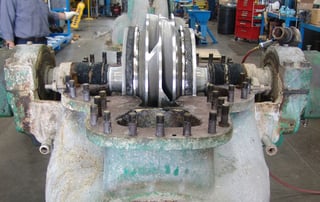
 If it ain’t broke, don’t fix it. That’s the mantra we’ve all heard since the beginning of time. In most situations, it’s sound advice. But when it comes to maintaining pumps in your facility, the old adage doesn’t necessarily apply.
If it ain’t broke, don’t fix it. That’s the mantra we’ve all heard since the beginning of time. In most situations, it’s sound advice. But when it comes to maintaining pumps in your facility, the old adage doesn’t necessarily apply.
Over the years, we’ve seen many facilities rely heavily on “reactive” maintenance. Reactive maintenance is basically just waiting for something to break, then fixing it as quickly and inexpensively as possible. The cost to implement such a plan is pretty low. Plus, you won’t need to spend time planning for repairs, because they’re unpredictable. You’ll tackle those when the need arises. Great! You’re already saving time and money!
Before you implement this type of plan, however, you should know there are some disadvantages.
Over my tenure here at Crane, I’ve heard maintenance people say over and over again, that they just don’t have enough time. Don’t implement a plan that causes you to have even less of it.
Reactive repairs take longer to diagnose and longer to fix. You may not have the parts you need on hand. It also takes time to pull all the information you need to make the repair (manuals, schematics, etc.).
It’s very difficult to control the budget when running with a reactive maintenance plan. Because failures can happen at any time, anywhere, you could pay dearly for emergency shipping, and after hours or holiday wages.
It's a maintenance person’s worst nightmare. A major repair right in the middle of production. Every minute production is down could cost a company thousands. It could also cause orders to be late, potentially impacting revenue.
Reactive maintenance means when failures occur, you get it back up and running as quickly as possible. Very little consideration is taken into finding out what the root cause of the failure was, leaving the door open to have the failure occur again and again.
Reactive maintenance doesn’t focus much on the long term operation of the equipment. Therefore, equipment maintained under these conditions deteriorates much faster.
A minor problem, can turn into a major repair very quickly. A bearing failure could damage the shaft, the impeller and many other components, turning a $200 fix into a $2,000 fix.
One piece of equipment going down could also affect the entire system. In the case of a pumping system, a lack of water supply to pumps downstream can cause seals to burn up and major damage to occur in a matter of a few seconds.
All that being said, however, there are times when reactive maintenance does make sense. Use it sparingly, and only in these instances:
Realistically, your maintenance program will be comprised of all types of maintenance (reactive, predictive, and preventative). The challenge is coming up with a plan that will encompass all of these things while maximizing your resources, budget, and most of all – your time.
Need help getting everything done? Ask us about it! We have comprehensive preventative and predictive programs that can save time and increase reliability in your plant.
These Stories on Equipment Maintenance
Headquarters and Service Center
Located outside Green Bay, WI
707 Ford Street
Kimberly, WI 54136
920-733-4425
OptiFlow Design and Build Center
1002 Truman Street
Kimberly, WI 54136
920-733-4425
Burnsville Service Center
12265 Nicollet Avenue
Burnsville, MN 55337
952-444-1949
Grand Rapids Service Center
26489 Industrial Blvd
Cohasset, MN 55721
952-444-1949
© Copyright 2024. Crane Engineering. All Rights Reserved. Privacy Policy.